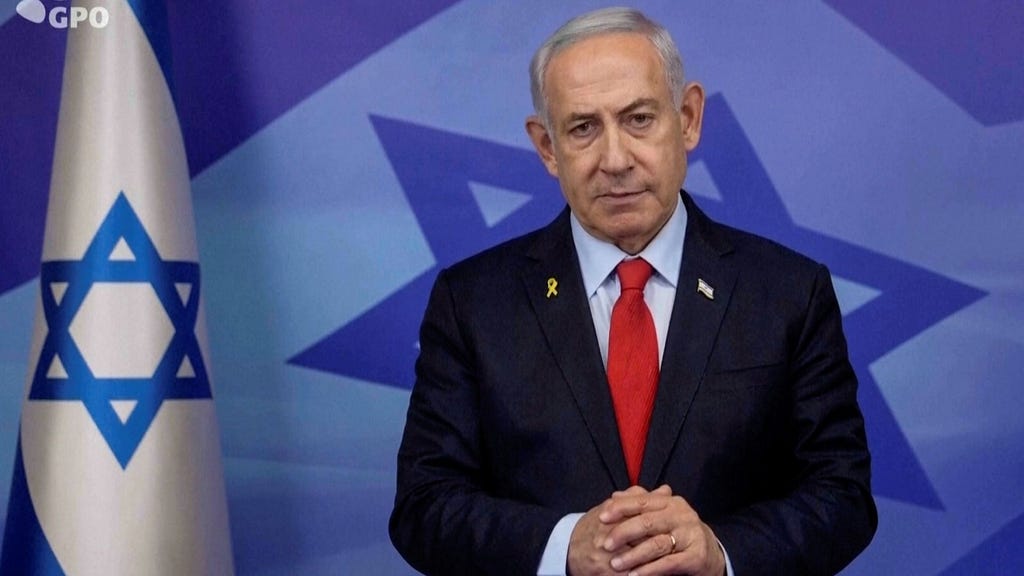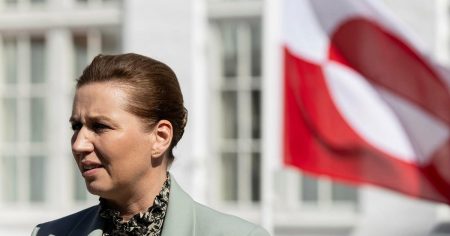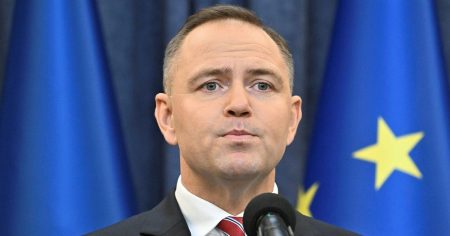The relationship between former US President Donald Trump and Israeli Prime Minister Benjamin Netanyahu was often portrayed by Netanyahu’s office as one of deep friendship and unwavering alliance. Press releases emphasized the warmth of their conversations, Netanyahu’s status as the first foreign leader invited to the White House after Trump’s election, and the unprecedented number of times Netanyahu had stayed at the Blair House, highlighting a supposed intimacy exceeding that of any other foreign leader. This carefully crafted narrative served a crucial purpose for Netanyahu: projecting an image of strength and stability on the international stage, particularly in the context of a tumultuous political landscape at home.
However, beneath the surface of these pronouncements, a sense of desperation was palpable. Netanyahu’s coalition government was fragile, beset by internal divisions and threats of defection. Key coalition partners, such as Itamar Ben-Gvir and Bezalel Smotrich, expressed strong opposition to the Gaza peace agreement, a cornerstone of Netanyahu’s policy. Ben-Gvir ultimately left the government in protest, while Smotrich’s continued participation hinged on the halting of the second stage of the agreement, which involved Israeli withdrawal from Gaza. These internal pressures severely constrained Netanyahu’s ability to maneuver, undermining the image of strength he sought to project.
The precariousness of Netanyahu’s position was further underscored by the limitations he faced in negotiations. While his office presented him as a powerful figure capable of influencing US policy, the reality was that Netanyahu had little bargaining power. He was, in effect, dependent on Trump’s decisions and had to accept whatever terms were offered, hoping to present them as a victory back home. The public pronouncements of friendship and alliance were, therefore, a smokescreen designed to mask Netanyahu’s vulnerability and dependence on the US.
The irony of Netanyahu’s situation was that while he was publicly lauded as a close friend and confidant of the US President, he lacked the political capital to leverage this relationship to his advantage. His domestic political woes restricted his ability to negotiate effectively, forcing him to adopt a reactive stance rather than proactively pursuing Israel’s interests. The carefully curated image of a strong leader in command of the situation belied the reality of a prime minister struggling to maintain control amidst internal dissent and external pressures.
The Gaza peace agreement exemplified the challenges Netanyahu faced. While the agreement aimed to de-escalate tensions and secure the release of hostages, it became a source of contention within his coalition government. The opposition from key partners not only weakened his position but also raised questions about his ability to implement the agreement effectively. This internal resistance undermined his credibility on the international stage and further constrained his room for maneuver in negotiations with the US.
Netanyahu’s reliance on the image of a close relationship with Trump was ultimately a strategy to compensate for his weakened domestic standing. By portraying himself as a valued ally and friend, he sought to bolster his own political image and project an aura of stability and strength. However, this carefully constructed façade could not conceal the underlying reality of a leader grappling with internal dissent and constrained by external forces, ultimately dependent on the goodwill and decisions of the US President. The effusive press releases, therefore, served as a form of political theater, designed to distract from the limitations Netanyahu faced and maintain a semblance of control in a challenging political climate.














